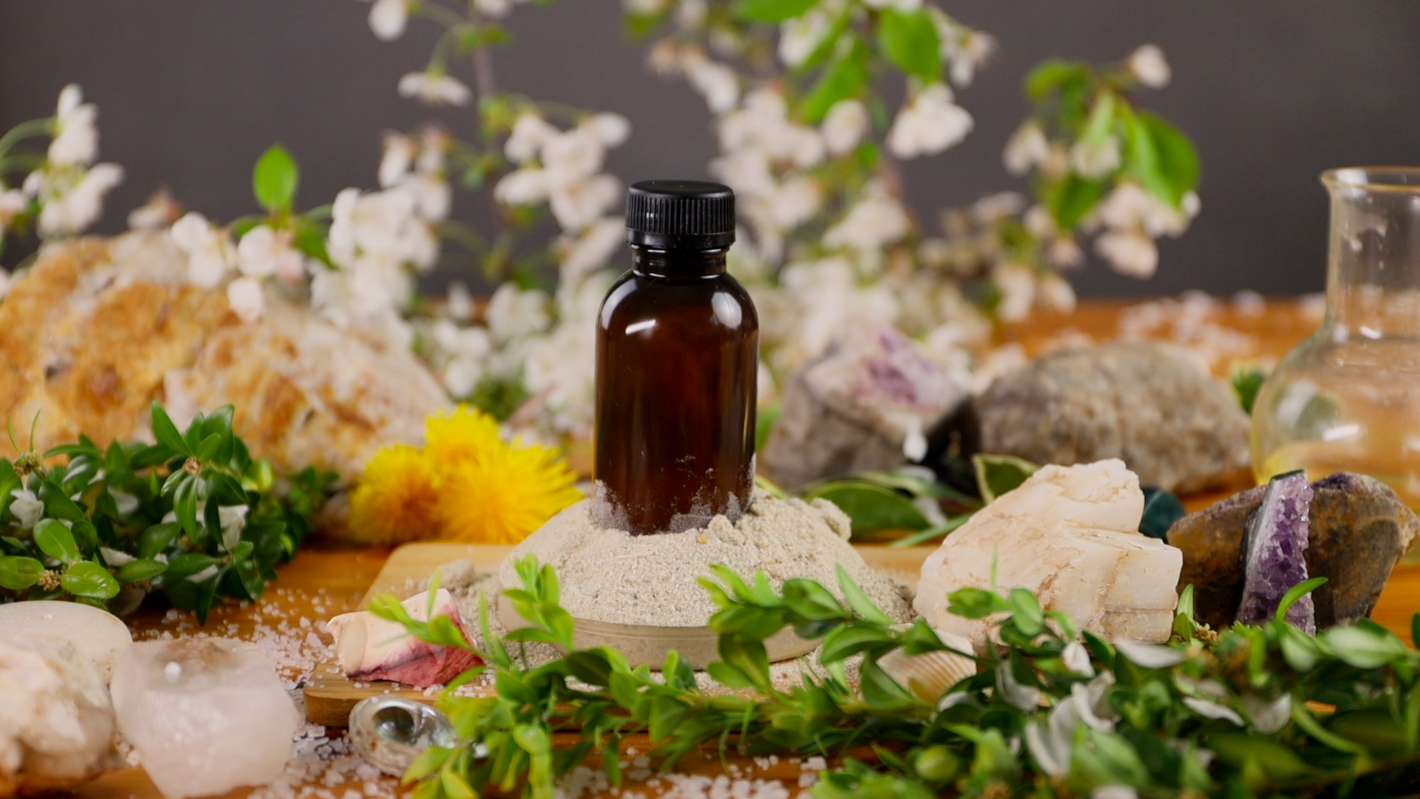Are you planning a vacation with a lot of time in the sun? We all know that it’s important to protect our skin from harmful UV rays. Did you know that some commercial sunscreens or oils contain synthetic ingredients that could be harmful to your skin and the environment? Keep your skin and our planet safe by choosing natural and eco-friendly options to protect yourself from the sun.
Tanning oil is one of the cosmetic products that you can easily make at home.
It’s super easy, all you need is a few easily available ingredients. And don’t worry about storage – any sealable jar, like a jam jar, will do the trick!
Ingredients:
- 3 tablespoons of cocoa butter: this will serve as a base for your cream or oil as it has moisturising and protective properties.
- 3 tablespoons of coconut oil: it is ideal for a sunscreen or oil because it is a natural sun protectant and it also moisturises the skin.
- 1 tablespoon of jojoba oil: suitable for sensitive and dry skin because it contains vitamins A and E and hydrates the skin as well.
- 1 tablespoon of vitamin E: helps protect the skin from sun damage and slows down skin aging. It is a natural preservative that extends the shelf life of the final product. You can purchase it in a bottle, similar to essential oils.
- 2–4 drops of essential oil: you can use any essential oil of your choice. However, it is not necessary to use it at all if you do not want a scented oil.
Instructions:
- Heat cocoa butter and coconut oil on low heat in a pot. Wait until both oils dissolve.
- Add jojoba oil and vitamin E to the mixture and stir.
- Add 2–4 drops of essential oil and stir.
- Allow the mixture to cool.
- For a really creamy consistency, use a mixer or a hand mixer and beat the mixture until you achieve the desired consistency.
- Transfer the finished cream or oil to a bottle with an applicator and store in a cool, dry place.

This natural tanning oil does not have a set UV factor because it contains only natural ingredients and has not been tested in a laboratory for its UV factor. Therefore, it is important to realize that it will not be as effective as commercial products with a designated UV factor.
If you wish to increase the protection of your skin, you can add other natural ingredients such as carrot oil, which has a natural ability to block certain types of UV radiation. However, even with these additional ingredients, it will be difficult to guarantee complete protection from the sun, as it depends on many factors, such as skin type, amount and frequency of sunscreen application, duration of sun exposure, and intensity of sunlight.
Just for reference, coconut oil has a UV factor of 2-8 SPF, depending on the quality of the oil. Jojoba oil has a UV factor of 2-3 SPF.
To keep your skin safe, we suggest putting on sunscreen 15-20 minutes before heading out into the sun and then reapplying every two hours or after swimming. Stay protected!
GS tip: I don’t use lotions a lot, I don’t get sunburned and I use a hat at the seaside, which is able to shade very exposed parts of the body such as the face, shoulders and décolletage. After 7 days at the seaside I only used this oil every day on my shoulders and décolleté and I had no problem at all. I shook the bottle before each use and didn’t see the slightest problem with uneven tan, etc. I was satisfied. I applied the mixture to my daughter’s (age 2) shoulders, arms, and occasionally her back or legs, depending on whether she was in the sun or dressed. However, she mostly wore a light cotton shirt, so it was great. I usually only apply sunscreen where it’s needed and not all over my body. Of course, everyone should know their skin limits and apply sunscreen or other protection as needed.


0 Comments